Momchil Peychev
Human-Guided Fair Classification for Natural Language Processing
Dec 20, 2022



Abstract:Text classifiers have promising applications in high-stake tasks such as resume screening and content moderation. These classifiers must be fair and avoid discriminatory decisions by being invariant to perturbations of sensitive attributes such as gender or ethnicity. However, there is a gap between human intuition about these perturbations and the formal similarity specifications capturing them. While existing research has started to address this gap, current methods are based on hardcoded word replacements, resulting in specifications with limited expressivity or ones that fail to fully align with human intuition (e.g., in cases of asymmetric counterfactuals). This work proposes novel methods for bridging this gap by discovering expressive and intuitive individual fairness specifications. We show how to leverage unsupervised style transfer and GPT-3's zero-shot capabilities to automatically generate expressive candidate pairs of semantically similar sentences that differ along sensitive attributes. We then validate the generated pairs via an extensive crowdsourcing study, which confirms that a lot of these pairs align with human intuition about fairness in the context of toxicity classification. Finally, we show how limited amounts of human feedback can be leveraged to learn a similarity specification that can be used to train downstream fairness-aware models.
Latent Space Smoothing for Individually Fair Representations
Nov 26, 2021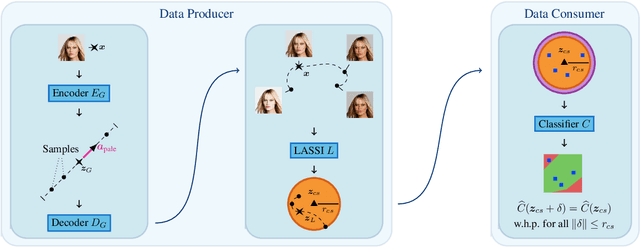
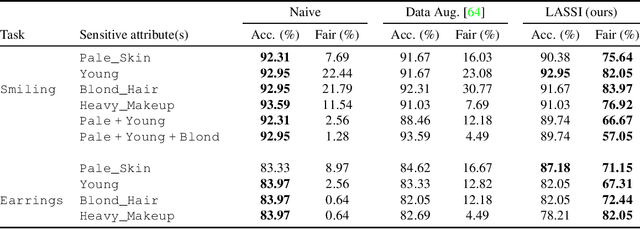
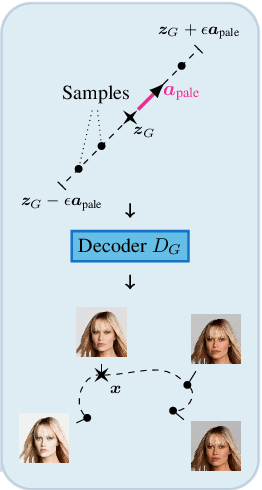

Abstract:Fair representation learning encodes user data to ensure fairness and utility, regardless of the downstream application. However, learning individually fair representations, i.e., guaranteeing that similar individuals are treated similarly, remains challenging in high-dimensional settings such as computer vision. In this work, we introduce LASSI, the first representation learning method for certifying individual fairness of high-dimensional data. Our key insight is to leverage recent advances in generative modeling to capture the set of similar individuals in the generative latent space. This allows learning individually fair representations where similar individuals are mapped close together, by using adversarial training to minimize the distance between their representations. Finally, we employ randomized smoothing to provably map similar individuals close together, in turn ensuring that local robustness verification of the downstream application results in end-to-end fairness certification. Our experimental evaluation on challenging real-world image data demonstrates that our method increases certified individual fairness by up to 60%, without significantly affecting task utility.
Quantifying the Effects of Enforcing Disentanglement on Variational Autoencoders
Nov 24, 2017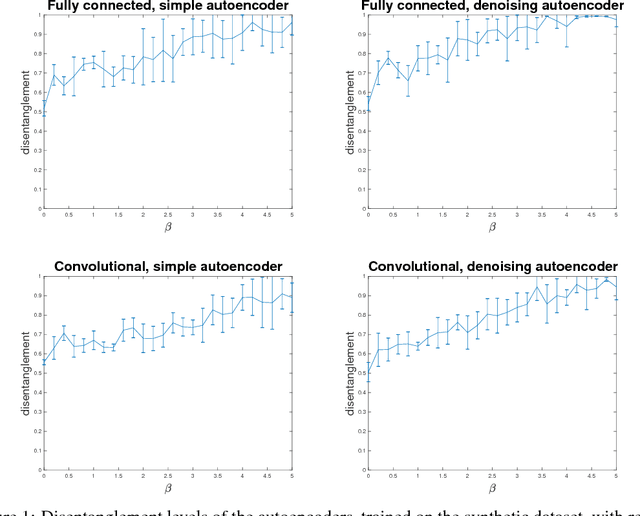
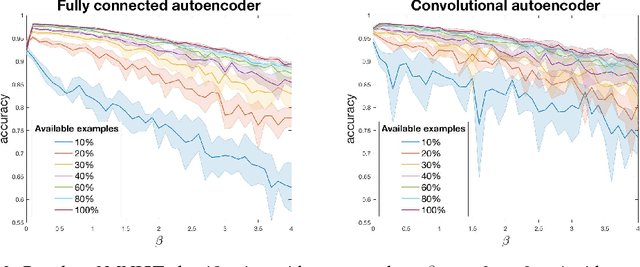
Abstract:The notion of disentangled autoencoders was proposed as an extension to the variational autoencoder by introducing a disentanglement parameter $\beta$, controlling the learning pressure put on the possible underlying latent representations. For certain values of $\beta$ this kind of autoencoders is capable of encoding independent input generative factors in separate elements of the code, leading to a more interpretable and predictable model behaviour. In this paper we quantify the effects of the parameter $\beta$ on the model performance and disentanglement. After training multiple models with the same value of $\beta$, we establish the existence of consistent variance in one of the disentanglement measures, proposed in literature. The negative consequences of the disentanglement to the autoencoder's discriminative ability are also asserted while varying the amount of examples available during training.
 Add to Chrome
Add to Chrome Add to Firefox
Add to Firefox Add to Edge
Add to Edge